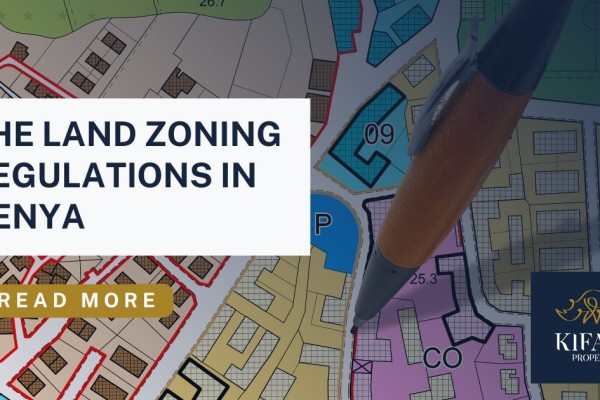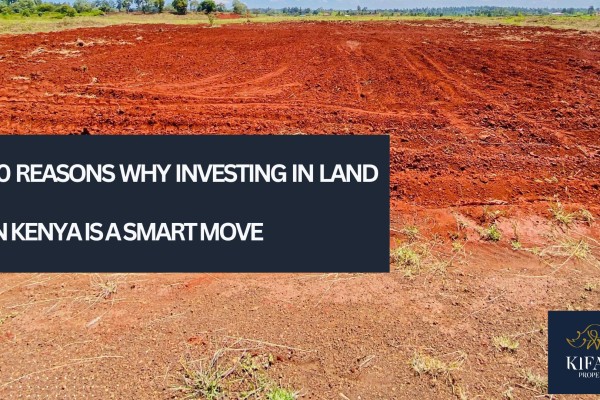- Jul 24, 2024
- Kifaru Meadows
- 1,690

Understanding Zoning Regulations
Zoning regulations in Kenya are designed to separate different land uses that are incompatible with each other. These regulations help in organizing urban development, controlling population density, and protecting the environment. The primary zoning categories include residential, commercial, industrial, agricultural, and recreational.
1. Residential Zones
Residential zones are areas designated for housing developments. They are further classified based on the type of housing permitted, such as single-family homes, multi-family apartments, and high-rise residential buildings. Each classification has specific regulations regarding the size of the plots, building heights, setbacks, and the percentage of land that can be built upon.
For instance, low-density residential zones typically permit single-family homes with larger plots, ensuring less crowded living conditions. In contrast, high-density residential zones allow for multi-story apartment complexes to accommodate more people in a smaller area, often found in urban centers.
2. Commercial Zones
Commercial zones are designated for businesses and commercial activities. These include office buildings, shopping centers, hotels, and restaurants. The regulations in these zones focus on accommodating high traffic, providing ample parking space, and ensuring accessibility.
Mixed-use developments are also becoming popular, allowing for a combination of residential and commercial uses in the same area. This trend supports the concept of live-work-play environments, reducing the need for long commutes and promoting urban growth.
3. Industrial Zones
Industrial zones are allocated for manufacturing, warehousing, and other industrial activities. These areas are often located away from residential zones to minimize pollution and noise disturbances. Regulations in industrial zones focus on ensuring environmental protection, safe waste disposal, and efficient transportation access.
4. Agricultural Zones
Agricultural zones are designated for farming and related activities. These zones aim to protect agricultural land from being converted into urban developments. Regulations here focus on maintaining large plot sizes to ensure viable farming operations and preserving natural resources.
5. Recreational Zones
Recreational zones include parks, playgrounds, sports fields, and other public recreational facilities. These areas are essential for community well-being, providing spaces for leisure and outdoor activities. Regulations ensure that these zones are accessible, safe, and well-maintained.
Key Considerations
Compliance with Local Authority Regulations
Land buyers and developers must comply with zoning regulations set by local authorities such as county governments. Before purchasing land or starting any development, it is crucial to conduct a zoning check with the relevant county offices to ensure that the intended use of the land is permissible.
Planning and Building Approvals
Obtaining the necessary approvals is a critical step in any development process. This includes submitting detailed plans and architectural designs to the local planning authority for approval. The process ensures that the proposed development adheres to zoning regulations and building codes, promoting sustainable and safe urban growth.
Environmental Impact Assessments
For larger developments, conducting an Environmental Impact Assessment (EIA) is mandatory. An EIA evaluates the potential environmental effects of a proposed project and suggests measures to mitigate adverse impacts. This assessment is crucial for maintaining ecological balance and complying with environmental regulations.
Public Participation
Public participation is an essential aspect of the zoning process. Local communities have a right to be informed and to provide input on proposed developments that may affect them. Engaging with the community fosters transparency and can lead to better planning outcomes.
Conclusion
Understanding and adhering to zoning regulations in Kenya is essential for successful land development and investment. These regulations ensure orderly growth, protect the environment, and enhance the quality of life for residents. Whether you are a prospective land buyer or a seasoned developer, familiarizing yourself with the zoning regulations in your area is a prudent step toward achieving your development goals while contributing to sustainable urban growth.




